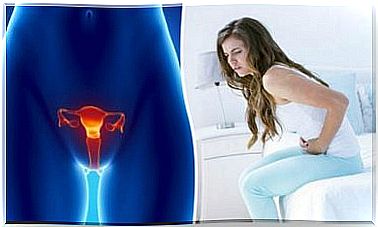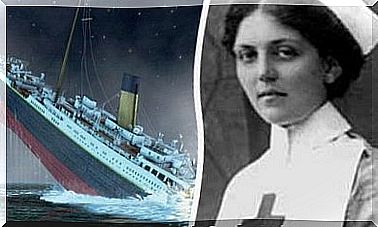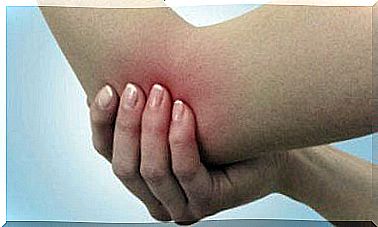Inguinal Hernia – What Is It And How Does It Manifest?
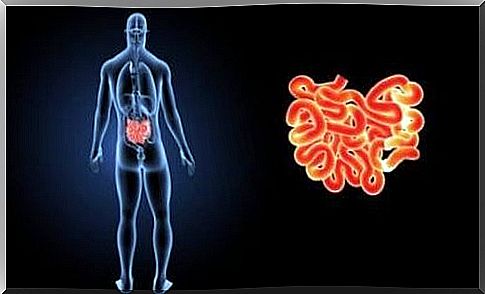
A hernia is a bulge most often seen in the abdomen or groin. It happens when some part of the internal organs moves beyond the abdominal cavity, creating this bulge. As you might guess, a hernia is the result of problems with the structure of the tissues in our body.
What is a hernia?
An inguinal hernia, as the name suggests, is that type of hernia in which a bulge is visible in the groin. It may be a congenital defect, but it is sometimes acquired – especially if it is seen suddenly in an adult.
- Scientists estimate that up to 30% of newborns have congenital hernia and most often it is treated immediately with surgery.
- If a hernia recurs, 50% of the time it is due to an infection.
Acquired hernias, on the other hand, concern adults. Most often this is due to an injury or some other activity that has put more pressure on the inside of the abdomen. Some of the possible causes are:
- pregnancy
- lifting heavy objects
- prostate enlargement (and pressure when urinating)
- chronic obstructive pulmonary disease (COPD)

Why does the hernia occur in specific places?
The hernia is most often found in the so-called anatomical weakness. This means that hernias appear where the tissues are weakest and most easily damaged or bulged. This is what happens in the abdomen or groin.
Incidence and a handful of data
- Hernias are the most frequently treated pathologies. It is estimated that 1 in 30 people will face this problem at some point in their lives.
- As many as 15% of all surgeries are hernia removal procedures. So it’s safe to say that this is one of the most common types of surgery.
- The most common types of hernia are inguinal and femoral. The latter more often affects women, the former – men.
- Hernias are the second most common cause of mechanical intestinal obstruction.
- Hernia often recurs. 50% of it is associated with infection.
Types of inguinal hernia
The inguinal hernia can be divided into several subtypes depending on the location and severity of symptoms. Here is the classification:
Simple inguinal hernia
This type of hernia does not pass through the inguinal canal, but goes directly to the so-called Hesselbach’s triangle. It may descend at the inferior epigastric artery. It is located behind the testicular levator muscle, but does not interfere with its fibers. This type of hernia is very common in the elderly.
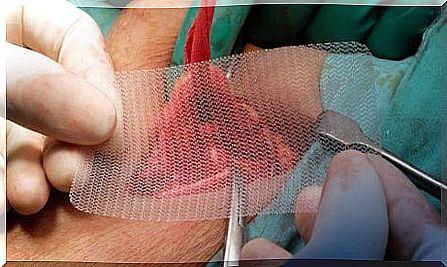
Oblique hernia
It is the most common type of hernia in both men and women. It passes through the inguinal canal. In this case, part of the intestine is placed transversely to the epigastric artery and the Hesselbach triangle.
It is accompanied by the structure of the inguinal ligament, which is located inside the levator muscle. The mouth is located near the scrotum.
Diagnostics and complications
A hernia is diagnosed through a simple examination in combination with a careful analysis of the patient’s history. On the other hand, many people come to the doctor already suspecting a hernia. However, the test is recommended for all people with abdominal pain of unknown cause.
Most often, diagnostics in this case include various tests carried out in parallel.
Complications and complications
Then the discomfort is not the only symptom – the pain worsens significantly and is also accompanied by a high fever. Here are the two most common types of complications that make the treatment process much more difficult. In many cases, it may be impossible to reduce a hernia.
- Hernia entrapment: in this case, the hernia becomes “trapped” and therefore cannot self- shrink . However, it does not put pressure on the blood vessels, and the intestinal patency is maintained.
- Hernia formation: with this type of complication, the bowel is blocked. This distribution of complications requires surgical intervention, as the intestine has little tolerance for even brief periods of ischemia. It can even pose a risk of necrosis.
Treatment and prevention
The main goal of hernia treatment is to return the intestine to its natural position. If possible, doctors try to avoid perforation of the peritoneum. Successful treatment requires accurate identification of the edges of the aponeurosis. Then close the opening through which the displacement of the hernia was possible.
Surgery
Surgical treatment can be performed using traditional methods or using a laparoscope. Two types of hernia surgery are most commonly performed:
- Herniography is the restoration of the correct anatomical structure. It is a technique that uses the patient’s own tissues to correct the damage.
- Hernioplasty is a procedure in which synthetic fibers are used to strengthen the walls of the abdominal cavity or groin. It is a very popular and effective method.
The less invasive surgery the better, although each treatment has advantages and disadvantages. On the one hand, using a laparoscope can significantly reduce postoperative pain and shorten the recovery time. In addition, the scar after laser surgery is much smaller.
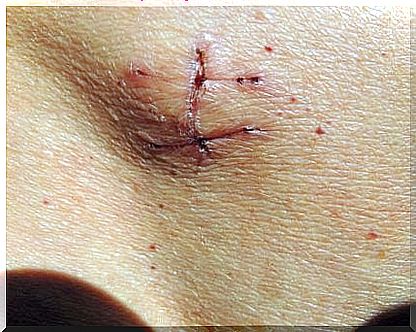
On the other hand, complications can arise – both during and after surgery. Some specialists point out the risk of relapses and other as yet unknown side effects. This is why there is no single answer to the question of what kind of treatment is number one.
Risk of relapse
It happens that despite the successful surgery and the hernia disappears, after some time it appears in the same place. Of course, whether such a relapse will occur depends on various factors – it results both from the operation itself and the technique of its performance, as well as from the individual characteristics of the patient. Some of them are:
- age of the patient
- type of hernia
- other medical conditions
- incorrect operating technique
- bad diagnosis

